New York State continues its commitment to supporting its residents by enhancing property tax and rent relief programs in 2025. This year marks significant boosts in benefits designed specifically for seniors and low-income families, easing the burden of housing costs amid economic challenges. The state government’s expansion and reinforcement of these programs reflect a focused effort to ensure housing affordability and financial stability for vulnerable populations.
Understanding the Landscape of Property Tax Relief in New York 2025
For many New Yorkers, property taxes represent a significant part of their annual expenses. To address this, New York offers several, targeted relief programs. The School Tax Relief (STAR) program remains a cornerstone, providing substantial property tax savings to eligible homeowners. This year, nearly three million residents benefit from over two billion dollars in relief through STAR, which includes both the Basic STAR and the Enhanced STAR programs. The Basic STAR typically assists general homeowners, while the Enhanced STAR offers increased benefits to seniors.
Seniors aged 65 and older receive specialized support through the Senior Citizen Homeowners’ Exemption (SCHE). This exemption reduces the assessed value of a senior’s home, effectively lowering their property tax bill. The amount of reduction varies on a sliding scale based on household income, with reductions ranging from five to fifty percent of the property’s assessed value. Municipalities and school districts set specific income limits within state guidelines, which generally range up to $50,000-$58,000 in combined income, enabling a tailored approach to local needs.
Additional tax credits are available under the Real Property Tax Credit program, which assists both homeowners and renters with low gross incomes. To qualify, households must have incomes of $18,000 or less and meet residency and payment conditions. Those who qualify may receive credits up to $375 if a household member is 65 or older, providing an important buffer against high property taxes or rent burdens.
Rent Relief Initiatives Expanding Support for Low-Income Families and Vulnerable Residents
Alongside property tax relief, New York State enhances rental assistance programs that directly support tenants. The Emergency Rental Assistance Program (ERAP) remains active, providing eligible households with payments covering up to 12 months of back rent and up to 3 months of future rent. This assistance extends to low- and moderate-income households facing eviction or housing instability, with payments made directly to landlords to stabilize housing situations.
The Rental Supplement Program (RSP) for 2025-2026 allocates $100 million in rental supplements statewide. The program addresses homelessness and imminent housing loss, assisting individuals and families regardless of immigration status. The supplements ensure that rent costs do not exceed 30% of a household’s monthly income. Social services districts administer these supplements with oversight to prevent benefit duplication and ensure eligibility.
Program Highlights That Benefit Seniors and Low-Income Families
-
STAR Program Checks and Credits: Homeowners receive STAR benefits either as property tax exemptions or direct refunds via checks, ranging approximately from $350 to $1,500 depending on eligibility and program type.
-
SCHE Income-Based Property Tax Reductions: Seniors benefit from tiered exemptions reducing assessed property values by as much as 50%, based on household income thresholds.
-
Real Property Tax Credit for Renters and Homeowners: Low-income individuals gain refundable tax credits, enhancing their financial relief especially if age 65 or older.
-
Emergency Rental Assistance: Provides critical support for rent arrears and rent payments, prioritizing households with eviction cases or housing instability.
-
Rental Supplement Program: Offers ongoing rent subsidies aimed at achieving affordable housing costs, stabilizing families at risk of homelessness.
Comparison Table: Property Tax Relief Programs in New York 2025
| Program | Target Group | Benefit Type | Income Eligibility | Key Features |
|---|---|---|---|---|
| Basic STAR | General Homeowners | Property tax exemption or credit | Income limit approx. $107,300 or less | Tax checks or exemptions for eligible homeowners |
| Enhanced STAR | Seniors 65+ | Increased property tax relief | Income limit approx. $90,000 or less | Larger tax credits for elderly homeowners |
| Senior Citizen Homeowners’ Exemption (SCHE) | Seniors 65+ | Property tax assessed value reduction | Income limits between $50,000-$58,400 | Sliding scale reducing assessed property value |
| Real Property Tax Credit | Low-income homeowners and renters | Refundable tax credit | Gross income $18,000 or less | Up to $375 credit, higher if age 65+ |
| Emergency Rental Assistance (ERAP) | Low/moderate-income renters | Rent payment assistance | Income-based; including eviction threat | Up to 12 months back rent, 3 months future rent |
| Rental Supplement Program | Individuals/families facing homelessness | Rent subsidies | Income and need based | Supplemental payments reducing rent burden |
Impact on Communities and Economic Outlook
These expanded programs aim to substantially reduce housing-related financial burdens for New York’s most vulnerable populations. Seniors living on fixed incomes will find their property tax bills and rent costs more manageable, allowing them to better preserve their financial health and maintain stable housing. Low-income families gain critical assistance that safeguards against eviction and homelessness risks, fostering greater community stability.
By injecting billions of dollars in direct relief through tax credits, exemptions, and rental supplements, the state bolsters economic security and consumer confidence within these communities. This relief further translates into positive outcomes for local economies through stabilized housing markets and sustained consumer spending power.
Navigating the Application Process and Eligibility
Eligible homeowners and renters should actively apply for available relief programs. New York provides a streamlined application process for STAR credits and exemptions, SCHE, and tax credits through state tax filings or local assessor offices. Rental assistance applications for programs like ERAP are available online with community organization support across the state and city.
Seniors should ensure they file or renew their Senior Citizen Homeowners’ Exemption on time, while renters and homeowners with low incomes must file the Real Property Tax Credit to receive eligible amounts. Timely application and thorough documentation are critical to receiving benefits promptly.
Conclusion: Forward-Thinking Housing Relief for 2025 and Beyond
The property tax and rent relief boosts in New York for 2025 demonstrate a robust commitment to ensuring affordability and stability for seniors and low-income households. As housing costs continue to challenge residents, these strategic programs offer vital financial respite and contribute to stronger, more resilient communities. Prospective applicants are encouraged to explore their eligibility and take advantage of these significant relief initiatives aimed at making housing more accessible and sustainable across the state.
By fostering these targeted supports, New York sets a forward-looking example, ensuring that vulnerable populations receive the help they need to thrive amid economic uncertainties and housing market pressures.

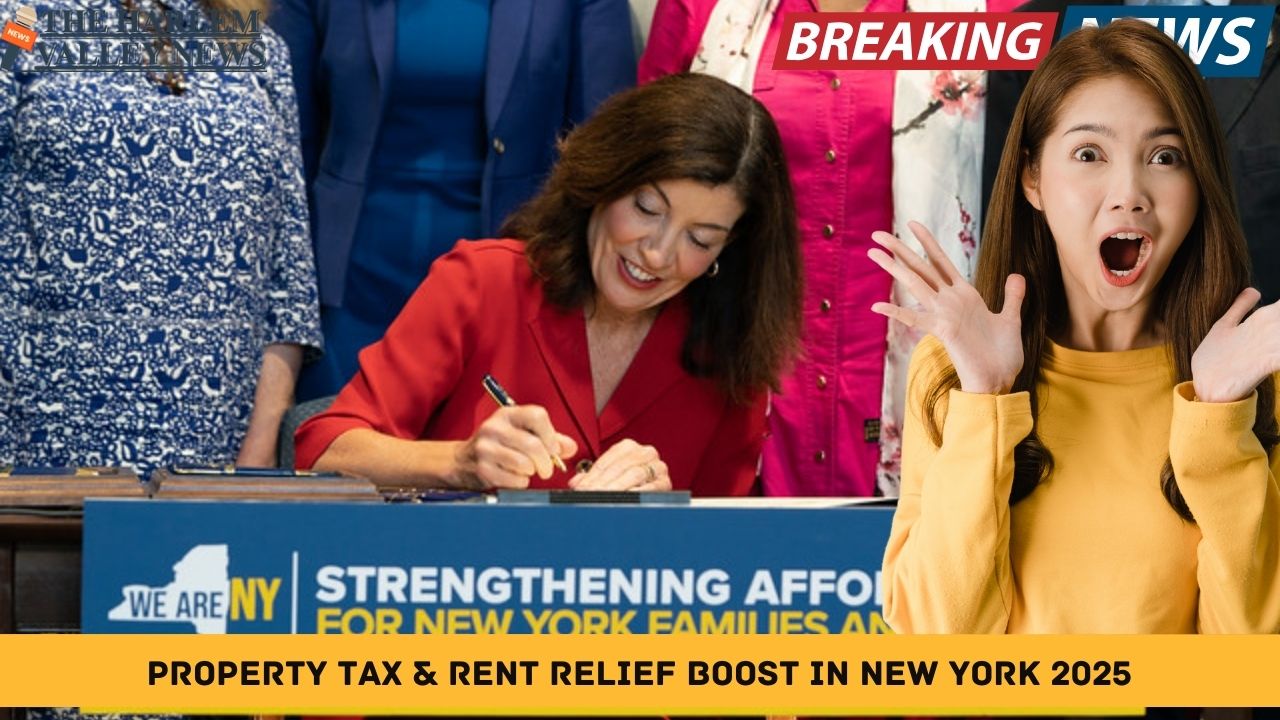

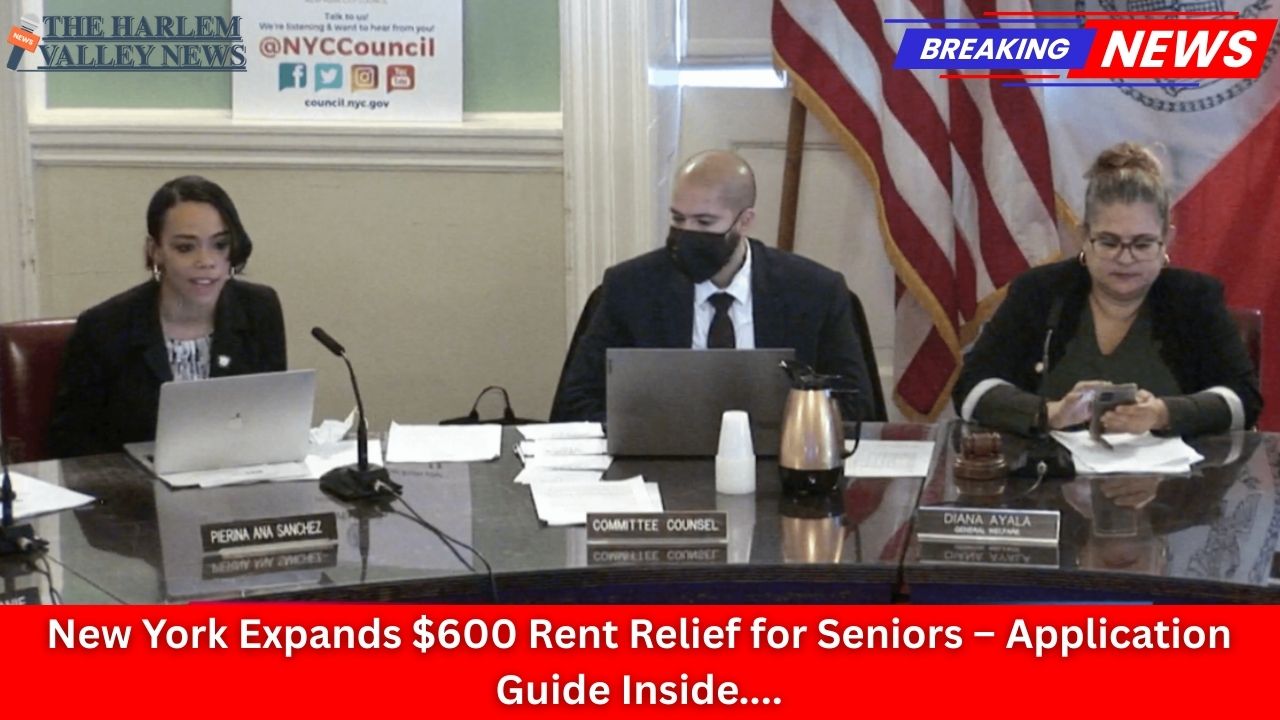



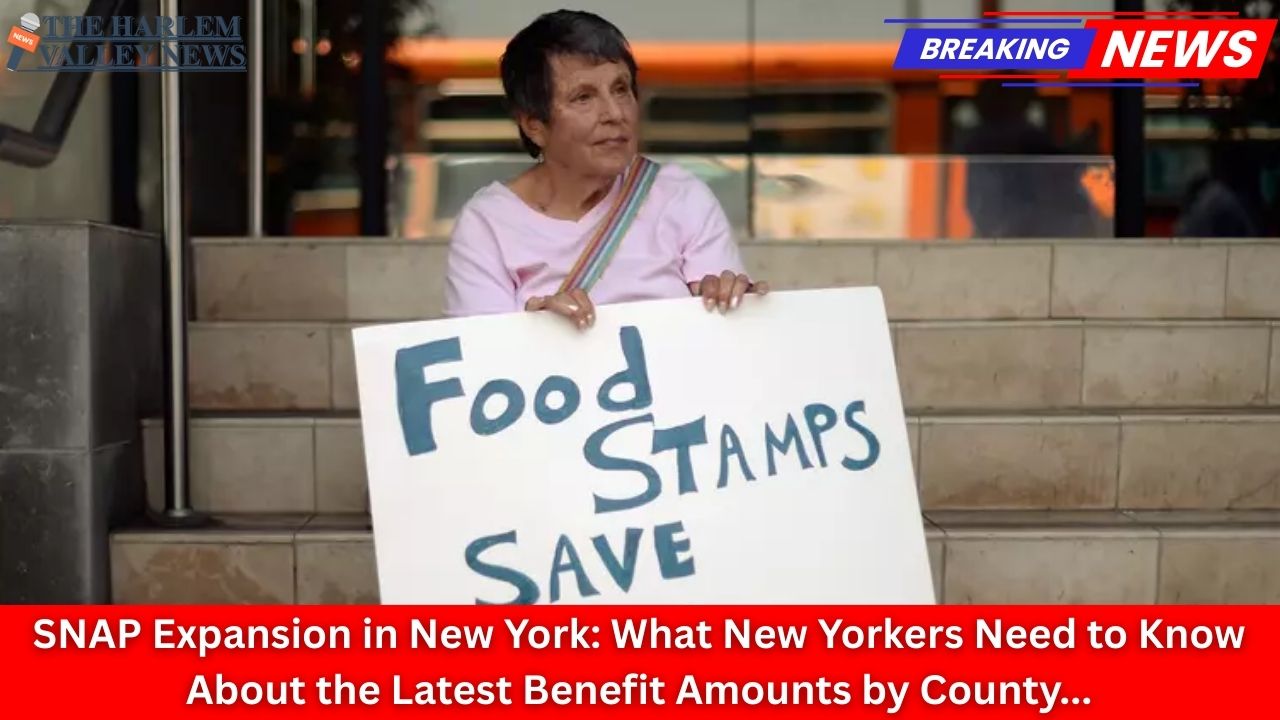
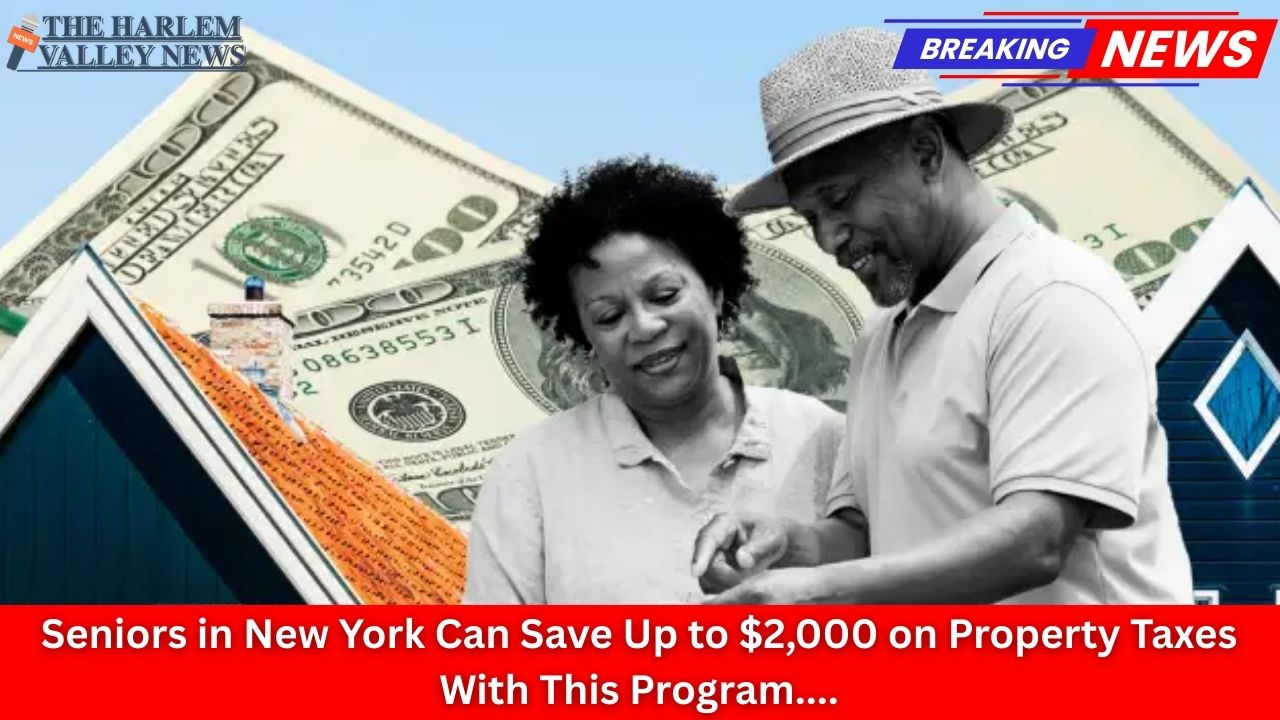
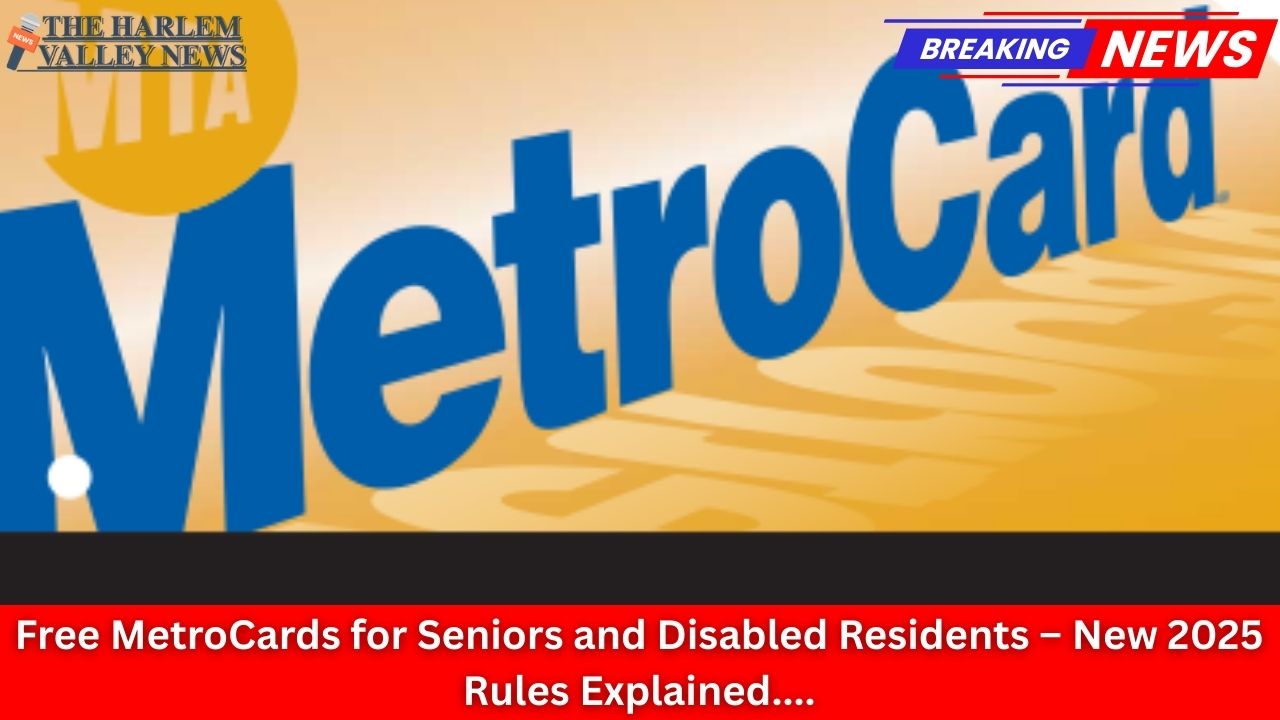
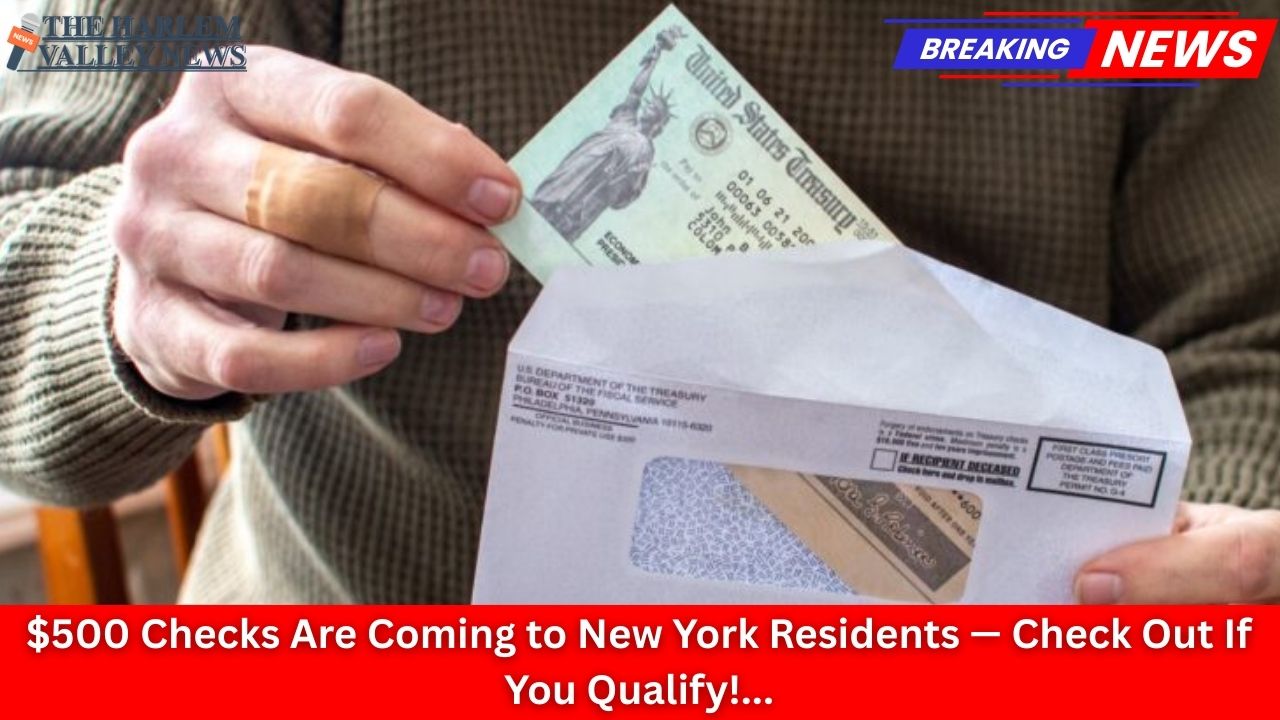
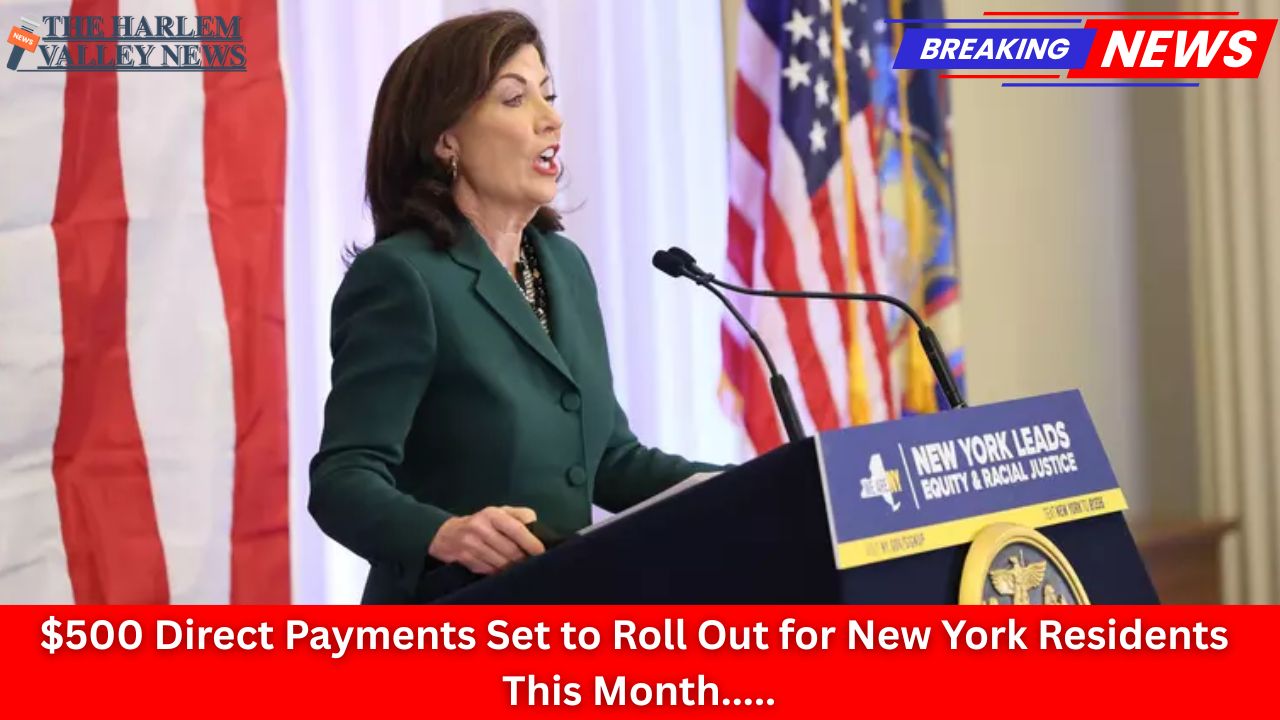


Leave a Reply